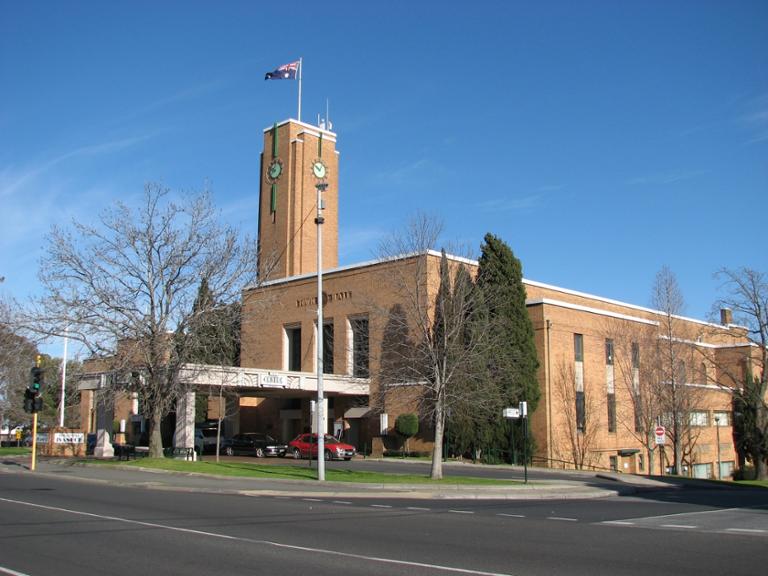State and local governments are picking up the pace of their IT hiring as the economy grows. Although smart officials are rethinking the level of staff they need on-site, a rash of retirements is creating a range of opportunities, says Alan R. Shark, executive director/chief executive officer of the Public Technology Institute at
Rutgers University. Still, new dynamics are at play. “Some of the civil service laws are so archaic that classifications have no bearing on the market rate. IT people can command higher salaries and that’s causing a stir,” Shark says. “It’s causing
IT managers to think more about outsourcing or putting more in the cloud.”
Click here to find tech jobs in the public sector. While the U.S. Office of Personnel Management has loosened its classification rules to allow the government to offer more generous salaries in its tech-recruiting efforts, state and local governments generally don’t have that luxury. “They’re trying to find the right balance [between people with legacy and newer skills],” Shark says. “They’re wondering, ‘If I hire someone with these skills, will those skills still be required later on?’ ” That’s causing some government
CIOs to focus more on managed services. Much of today’s hiring involves running the local network or staffing the help desk. However,
security professionals—especially at the
CISO level or equivalent—are especially in demand. “What has happened with
Target, Michaels and now
eBay has jolted people. These companies were smart, they had lots of money, they had sophisticated systems and by comparison local governments don’t,” Shark points out. And while they haven’t received wide media attention, there have been incidents of hackers stealing money from government systems. That has IT leaders worried.
Growing Data Use
More municipalities are undertaking data projects, and at least 12 major cities now have a
chief data officer. Chicago just launched a
predictive analytics initiative called the SmartData Project, which is connected to WindyGrid, an information hub that collects data from every city department in real time. In some cases, the use of specialized data within departments is creating new demand. Jennifer Schottke, Fire/EMS and public safety policy specialist at
Esri, a vendor of geographic information systems (GIS) mapping software, foresees a growing need for IT professionals within fire departments. More of the departments are hiring GIS managers to either build systems or guide the selection process for third-party solutions, she says. “Demand for this capability is huge right now. A lot of fire departments are struggling with figuring out how to staff appropriately to build the right infrastructure.” Schottke calls an imminent new data standard from the National Fire Protection Association a “game-changer” for the industry. The standard, NFPA 950, addresses interoperability among all fire-data systems and GIS. It will help guide departments as they integrate data collected through various city departments and push the relevant information to firefighters in the field.
Improving Communications Networks
Meanwhile, Harris County, Texas, was the first test site for a nationwide broadband wireless network dedicated to public safety. That network is being planned at standards beyond those required for commercial communication systems to ensure first responders can stay in touch during disasters, and will be robust enough to transmit photos and video. That, for example, would allow police officers responding to a robbery to see footage from a store’s security cameras while en route. While the federal effort is just beginning to consult with states, it is expected to eventually filter down to the local level.
Related Stories
Image: Melburnian/Wikimedia Commons 


